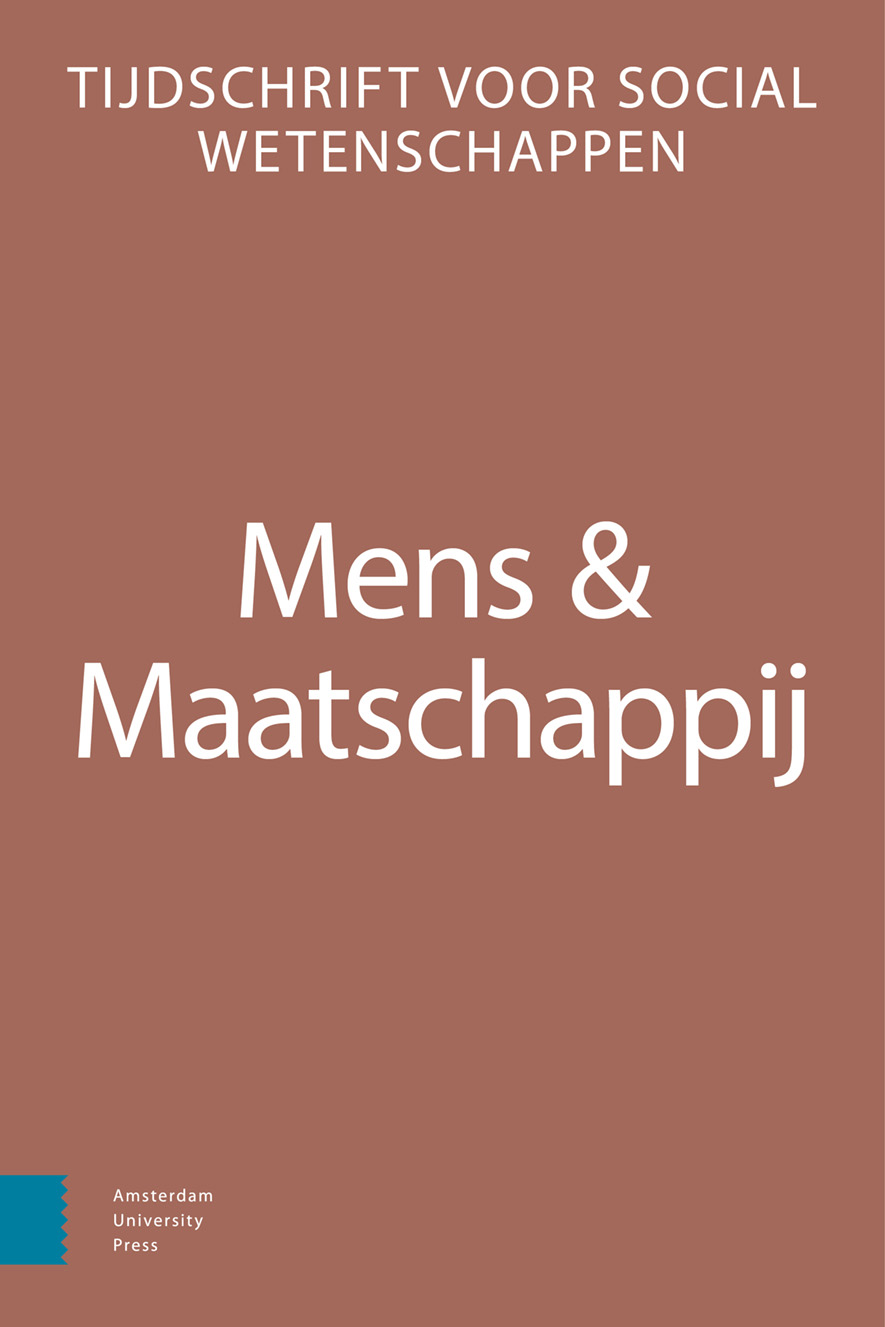-
oa De Bijbel, de homo en de klas
Welk effect heeft de interventie ‘Homo in de klas’ op de religieuze percepties rondom seksuele diversiteit bij leerlingen?
- Amsterdam University Press
- Source: Mens & Maatschappij, Volume 97, Issue 2, Jun 2022, p. 213 - 240
-
- 01 Jun 2022
- Previous Article
- Table of Contents
- Next Article
Abstract
The intervention ‘Gay in the class’ and religious pupils – an effect?
We investigate the effect of the teaching method Homo in de klas (‘Gay in the class’) among pupils in Reformed secondary education on their religious perceptions of sexual diversity. The quantitative survey shows a limited increase in pupils’ knowledge of the distinction that ‘according to the Bible someone may be gay, but should not act on it.’ The in-depth interviews with pupils and teachers suggest that the teaching method makes pupils more aware of their own convictions about sexual diversity and those are more tolerant than their religious environment. What seems to play a role in this is that pupils are outraged by biblical texts that reject sexual diversity, and that they experience contradictions between different biblical texts and churches in dealing with their LHBT-members.


